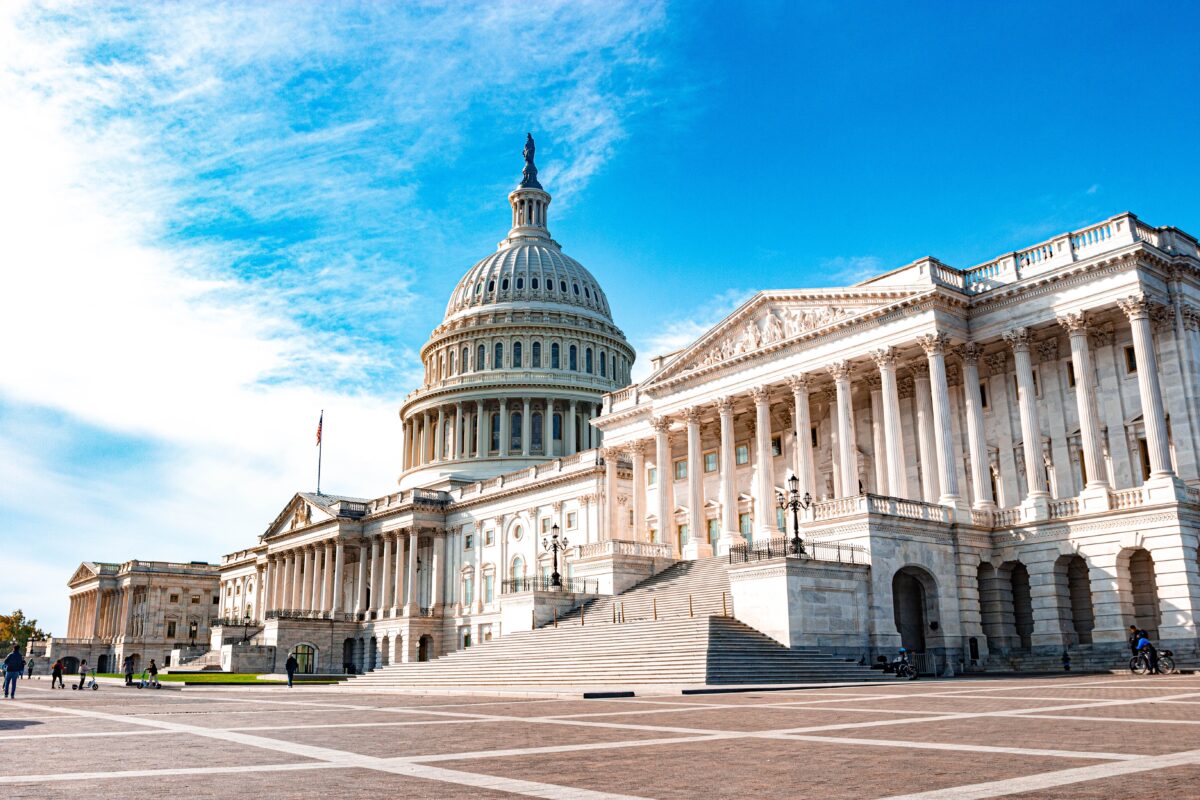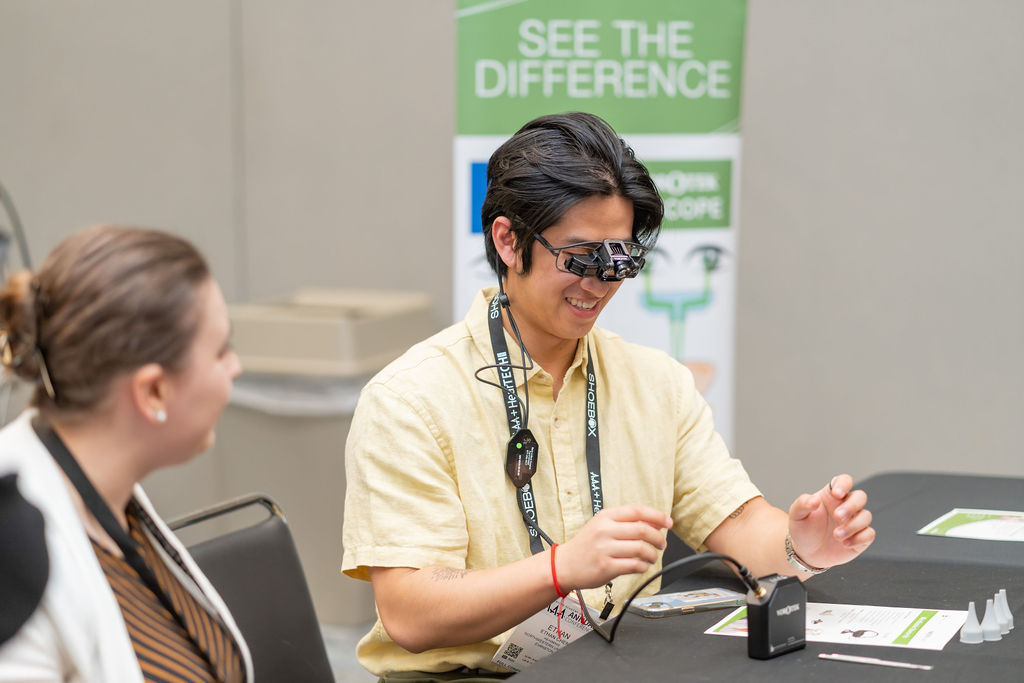The pure-tone average (PTA) of 500, 1000, 2000 Hz has long been used as a calculation for hearing impairment for speech understanding. It became the basis for the 1959 American Academy of Ophthalmology and Otolaryngology (AAOO) hearing-impairment calculation.
Note: PTA was computed for each ear and 15 dB HL was subtracted (15 dB HL and better was considered normal based on the American Standards Association—1951 audiometric zero standard derived from data from the 1936 Wisconsin State Fair; it was later determined the audiometric zero was 10 dB higher compared to data from international groups and the standard was revised in 1969 with the cutoff of normal being raised to 25 dBHL) and the remainder multiplied by 1.5 percent.
In 1979, the PTA was changed to include 3000 Hz to provide a better estimate of speech understanding not only in quiet, but also in the presence of noise. The original choice of this average (500, 1000, and 2000 Hz) was not without objection or alternative considerations including more complex applications of frequency weightings and statistical approaches proposed by CC Bunch, Harvey Fletcher, Edmund Fowler, Donald Harris, and others. The need for measures of impairments dates back to the 1930s due to a lack of uniformity in methods to estimate percentage of hearing loss for speech for medio-legal purposes.
The Consultants on Audiometers and Hearing Aids of the Council of Physical Medicine (original members: CC Bunch, George Coates, Edmund Fowler, W.E. Grove, Issac Jones, W. MacFarland, C. Steven Nash, Horace Newhart, Paul Sabine, and W.E. Wheery) were appointed the task to formulate a method for determining percent hearing loss impairment.
The original procedure (described in 1942 JAMA) involved measuring hearing loss at frequencies between 256 and 4098 Hz on a chart with percent hearing loss based on dB and frequency; this was based on earlier work by Fowler and others (Fletcher, Sabine, Bunch, etc.).
Fletcher (1929) originally proposed the average of the audiogram at 500–2000 Hz, as the best audiometric prediction of speech hearing. As suggested, the application of the 500, 1000, and 2000 Hz PTA appears to have best application to speech understanding in quiet; however, soon studies began to demonstrate that higher frequency hearing became more important with distorted signals and in noise.
Vermiglio and colleagues (2019) have sought to further unravel the relationship between PTA and speech-in-noise ability by considering the audibility of the stimuli used. With the Hearing in Noise Test (HINT), they examined the relationship between various PTA formulas and HINT performance in participants with either complete or partial audibility of the target speech presented at 65 dBA (noise front condition only) and noise presented at 65 dBA under headphones. The data was from two existing datasets. The results indicated that when audibility was higher, the relationship between PTA and HINT performance was low; however, when audibility was compromised, the relationship was significant. In other words, studies that included higher level stimulus levels increasing audibility of speech will show lower correlations between PTA and speech in noise ability. The authors recommended establishing norm-referenced speech-in-noise test that approximate real-world speech-and-noise listening conditions.
Reference
Vermiglio et al. (2019) The effect of stimulus audibility on the relationship between pure-tone average and speech recognition in noise ability. Volume 30, Number 7, July/August 2019, pp. 607-618(12), Journal of the American Academy of Audiology (JAAA).
Recent Posts
Academy Presents Inaugural AAA National Health Leadership Award to Representative Bilirakis
Today, Patrick Gallagher, Executive Director of the American Academy of Audiology, presented the inaugural AAA National Hearing Health Leadership Award to Representative Gus Bilirakis (R-FL)…
2026 Academy Honors and Awards Recipients
Every year, the Academy asks colleagues, friends, and mentees to look around their professional circles and identify members who are deserving of recognition for outstanding…
Turn Insight Into Action! Attend Learning Labs at AAA 2026
Ready to take your professional development to the next level? At AAA 2026, Learning Labs are your chance to go beyond lectures and dive into…


